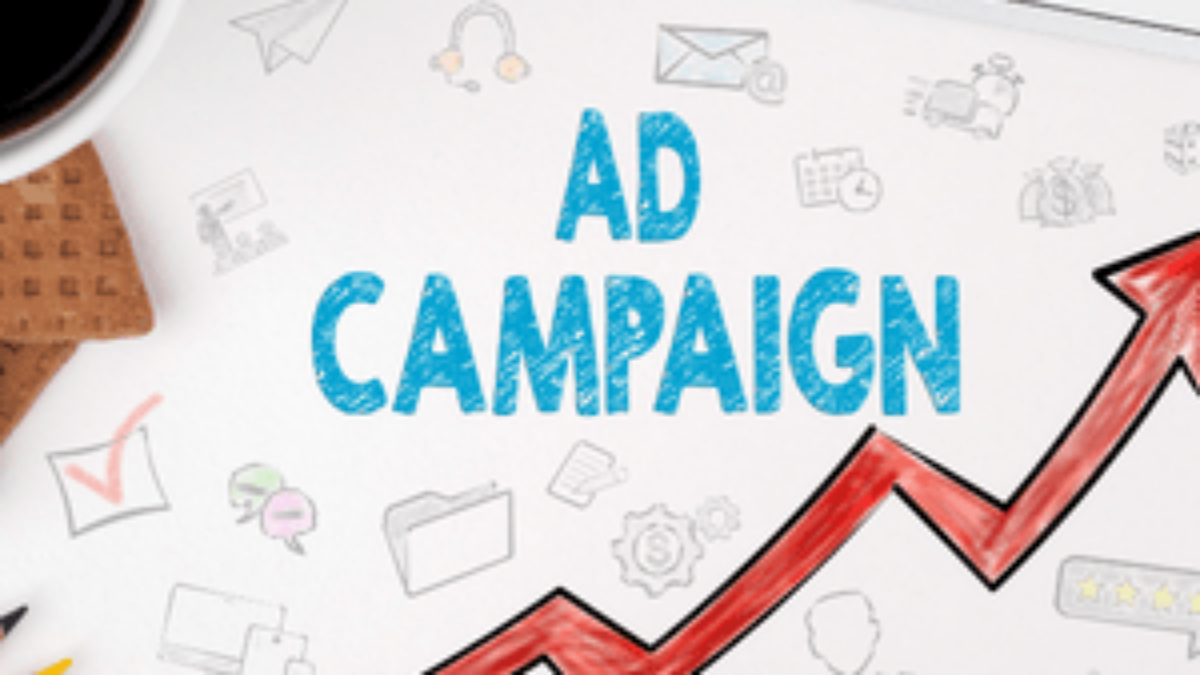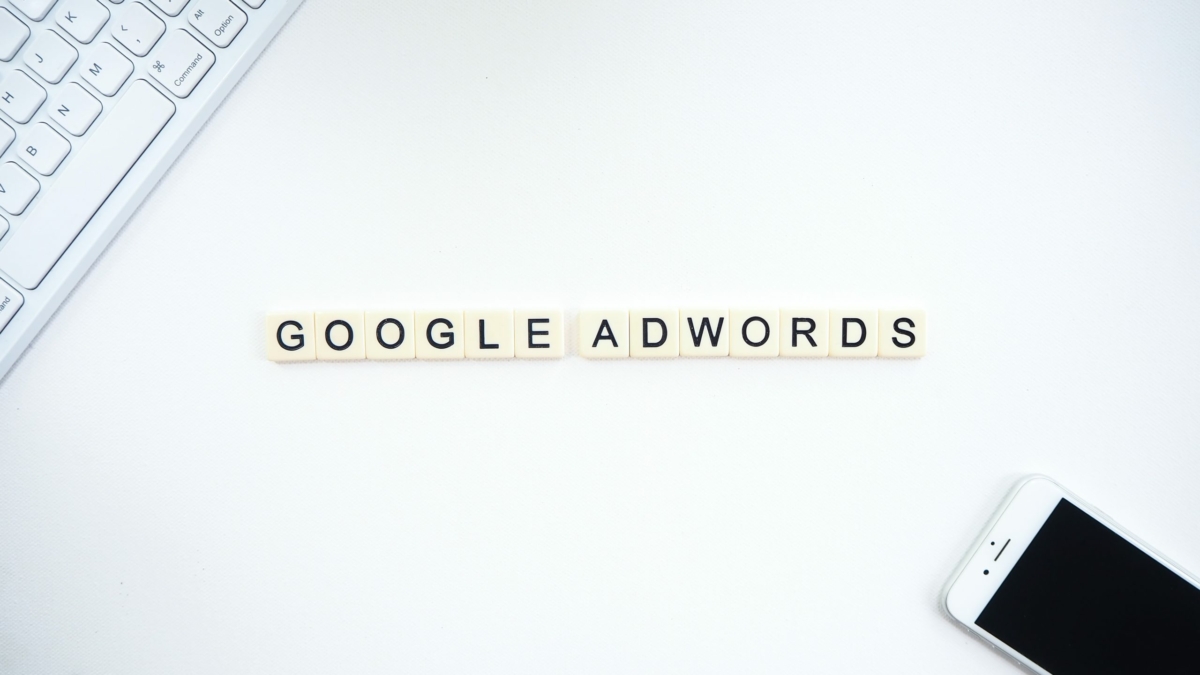Are your ads lacking creativity? Then it’s time to embrace dynamic features in your Google Ads campaigns.
In this blog, we cover how you can implement two popular dynamic features into your campaigns – dynamic keyword insertion and countdown timers.
13 Tips To Optimise PPC Campaigns and Make The Most of Smaller Budgets
When a crisis like Coronavirus hits, it can be difficult for small businesses to know where to keep your marketing budget and where to cut spending. The guide below is designed to help SME’s make the most of tight PPC budgets, we have outlined 13 simple tips that will allow you to optimise your PPC campaigns.
If you have any questions about Google Shopping, Remarketing or general PPC email us on [email protected] and we’ll be happy to help.
We’re also offering free PPC audits, so SMEs can get extra hands-on help for their digital marketing campaigns.
How to target customers with Google Ads audience targeting
As the consumer market becomes more competitive, one of the key factors that can drive success is ensuring that your audience is being targeted in a granular way. In this blog post, PPC Executive Anna Simpson explains how you can use Google Ads audience targeting to hone in on your potential customers.
What is audience targeting and how can my business use it?
Audience targeting is a feature that can be utilised in Google Ads which allows advertisers to be specific when choosing who sees their ads. This is done by taking into account factors such as:
- What users are actively researching
- When users are showing intent to purchase
This allows you to optimise your campaign spend to target the people most likely to purchase or enquire – every advertiser’s dream!
In-market audiences: reach your potential customers
In-market audiences have been available on Google’s Display Network since 2014 and were rolled out into the Search Network in July 2018. This audience targeting allows advertisers to reach potential customers who are currently browsing, researching and comparing similar items/services to your business. This means that they’re in the market for, and actively considering, buying a service or product like yours.
To define this audience, Google takes into account factors including clicks on related ads, the content of the sites and pages that the users are visiting, and the recency and frequency of visits. This is a great way of catching customers right before they are ready to covert making it a really effective way of targeting.
There are currently 508 different in-market audiences which you can choose from in your Google Ads account – so it’s more than likely that you’re able to find something relevant to your business from this huge range! After applying this audience strategy to your campaigns, you can add bid adjustments. This tells Google that if a user falls into the in-market category that you have applied, then you would like to bid more so that your ad appears for these particular users.
Note: bid adjustments will not be available with automated bidding strategies as this is taken into account within the strategy algorithms.
Businesses can improve the likelihood of a consumer converting with them instead of a competitor by using this method of targeting.
How do I set up in-market audiences?
If you think your business would benefit from using in-market audiences, then you can easily add them to your current campaigns. Select the campaign that you wish to apply the audience in, click on the audiences tab and then click on add new audience. Before you choose your audience type, ensure you have selected targeting or observation – whichever one suits the aim of your campaign the best. The option for in-market audiences is the second one down on the table so go ahead and select the most relevant category for your business. Each category has a drop-down menu which means that the audience can be narrowed down further to target even more specifically – so make sure you don’t miss any!
Custom intent audiences: be in control of who you target with display
Are your display campaigns under-performing? Then it’s worth exploring custom intent audiences. This is a really powerful new feature that Google introduced in November 2017. The feature allows you to define and reach your own ideal audience to target people who have shown intent to purchase your business’ products/services. Interested? I don’t blame you. There are two ways in which custom intent audiences can be implemented: auto-created or completely manual.
Let’s dig into the auto-created segments first – these are created specifically to your account, so segments you may see in one account could be completely different in another. This is because Google analyses the campaigns and data that are in the account already and uses its machine-learning technology to create audiences. Google takes into account keywords and URLs that appear in content that users are browsing whilst researching a specific product/service, and uses these insights to create an audience based off what Google sees from this, as intent to purchase.
Manual custom intent audiences have the same basis as this, except you can choose the URLs and keywords that you want to target rather than Google doing this for you. You want to ensure that the URLs and keywords all have a common theme so that Google can understand your ideal audience – best practice is to add around 15 as a total. It’s important that the keywords and URLs that you add relate to the product/services that the audience would be researching; think like a customer – which websites would you visit in order to make an informed decision before converting?
Custom intent audiences are a really great way of creating a granular audience, targeting users who are showing intent to convert. Allowing these audiences to be set up to be business specific shows that there is great potential for campaign success, as well as for the future of display advertising.
How do I set up custom intent audiences?
Select the display campaign that you would like to implement custom intent audiences in and then click on the Audiences tab down the side of the interface. Click on Add Audience and select either targeting or observation method – whichever is most suited to your campaign. The custom intent audience is located on the second line of the table and once clicked on you will be able to choose between auto-created segments (which you can browse through and select) or you can click Create New Custom Intent Audience. Make a start on adding the keywords and URLs that you would like to use if you’re creating your own. As you add more information, the estimated number of impressions for this audience will be visible, giving you a great indication as to how many people are likely to see your ad.
Following these steps will make sure that your ads get seen by the right people – now you can sit back, relax, and watch the conversions flood in!
6 ways to improve your Google Ads click through rate
Is your latest Google Ads campaign not delivering the results you were hoping for? Then it’s time to increase your click-through-rate. In this blog, PPC Executive Anna Simpson explains how to enhance your CTR, and why it’s so important.
What is click-through rate & why is it an important metric?
Click Through Rate (CTR) is the percentage of total ad views that result in clicks – this, therefore, gives good top-level insights into the campaign and can help to identify any issues.
CTR is also a factor which is taken into consideration in Google’s Quality Score formula as Google uses “expected click-through rate” as one of the criteria which determines your ad position and cost per click (CPC). It’s important to maintain a good CTR because this not only means more traffic to your site, but also will help to increase your keyword quality score. In turn, this will give your ads the maximum potential to rank higher whilst lowering your CPC – a clear example of an effective campaign.
Countdown timers
Countdown timers allow you to let potential customers know about current sales or booking deadlines within the ads, all for the same CPC. Adding this feature to your ads can create a sense of urgency, as the customer will be able to see how long is left until the end of your sale or before a deadline is met.
Countdown timers are a dynamic feature, so they’re automatically updated each day until the end of the countdown – meaning no manual work is required once these have been set up. Creating this urgency means that people are more likely to click on the ads because they don’t want to miss out on the limited offer, giving a higher chance of improving both click-through and conversion rate.
Ad extensions
There are many different extensions that you are able to include on your ads, including:
- Call extensions – adding a phone number to encourage interaction
- Sitelink extensions – creating additional links to other relevant pages of your site
- Callout extensions – adding short text to your ads to highlight business USPs
- Structured snippet extensions – highlighting specific aspects of the products/services your business provides
The great thing about ad extensions is that they are of no extra cost; Google automatically shows your chosen extensions if they believe that it will improve the performance of the ad. Having extensions also gives you greater ad visibility as it will show up more prominently in the search results, meaning greater chance of CTR – what’s not to love?
It’s important to assess what the main goals for your business are, as you can match relevant extensions to boost your chances of generating your required action. If you want more store visits, location extensions would be ideal so that potential customers know where to find you from the outset. If you provide many different services that you want to mention at a first glance, then structured snippets would be a perfect way to highlight these and may be the difference between a potential customer clicking on your ad over a competitor. The possibilities are endless!
Call to actions (CTA)
You may be using call to actions already in your ad copy without actually realising the positive impact that these can have on the performance of your ads. Call to actions are short phrases usually at the very end of the ad that encourage potential customers to take a certain action such as ‘Find Out More’ or ‘Book Today’. Doing this means that customers are given a direct instruction after viewing your advert. By making the next step for the customer clear, a well-placed CTA can be the difference between your ad receiving a click or being scrolled past.
A/B Ad testing
A/B ad testing is a great way to gain insights into how your ads are performing and which ad copy works better than others. By doing this, you are able to test different combinations of headlines and descriptions to see which work well together, giving you a better understanding of what information makes potential customers want to click on your ads.
It’s also important to use this to trial different styles of ad copy to see how this affects the CTR. Different businesses have different audiences and this is a key factor in creating successful ad copy. This is dependent on the type of business and the conversion action that you want customers to take – some customers may want to see credentials and awards, some may want to see USPs to choose you over competitors, and some may want more descriptive ad copy. Giving customers what they’re looking for is critical to increasing CTR.
Regular bid adjustments
Ensuring that you regularly monitor and adjust your bids is key to CTR. Bidding too low on keywords will see your impressions suffer due to your ads being in a lower position, and consequently, your CTR will be negatively impacted a because your ad isn’t being seen as much as it could.
The best way to review and adjust your bids is most importantly making sure that you’re bidding high enough to appear on page one of the search engine results. This gives great exposure for the ads, as most users only browse the first page. Although it may be tempting to implement first position bids so that your ad appears right at the top of search results, this isn’t always the best practice.
You need to ensure that your ads are cost-effective and being in position one doesn’t always equate to high CTR/conversion rate. It’s important to bear in mind that users often “shop around” and browse between the top 3 advertisers rather than solely clicking on the top ad. Therefore by bidding effectively, you are able to gain essentially the same amount of exposure as the first position advertiser – but for a lower CPC.
Expanded text ads
Expanded texts are a great new addition to Google Ads, allowing you to create ads with 3 headlines and 2 90-character descriptions. This means that you now have the space to give more detailed information within your ad copy to portray the correct messages to your target audience. It’s also important to note that having more text means greater visibility because these ads will stand out to potential customers over other short standard text ads.
The additional headline allows you to highlight your business’s USPs, promote special offers or create a call to action to give that extra persuasion to get your customer to click-through. One last benefit of expanded text ads is that due to the additional text, you can to target long-tail keywords, giving more chance of appearing for related search queries that may have a lower CPC due to the smaller search volume.












